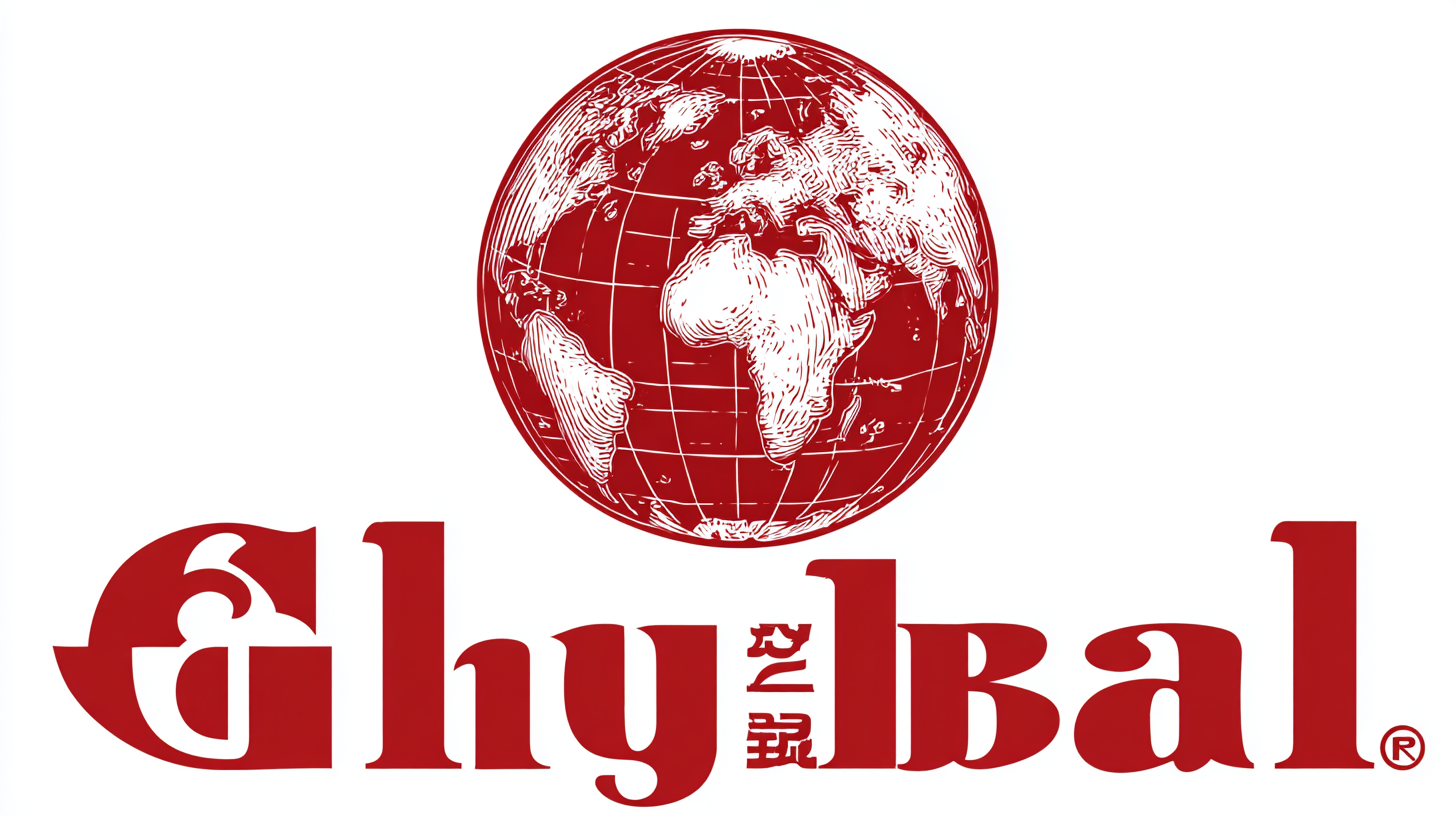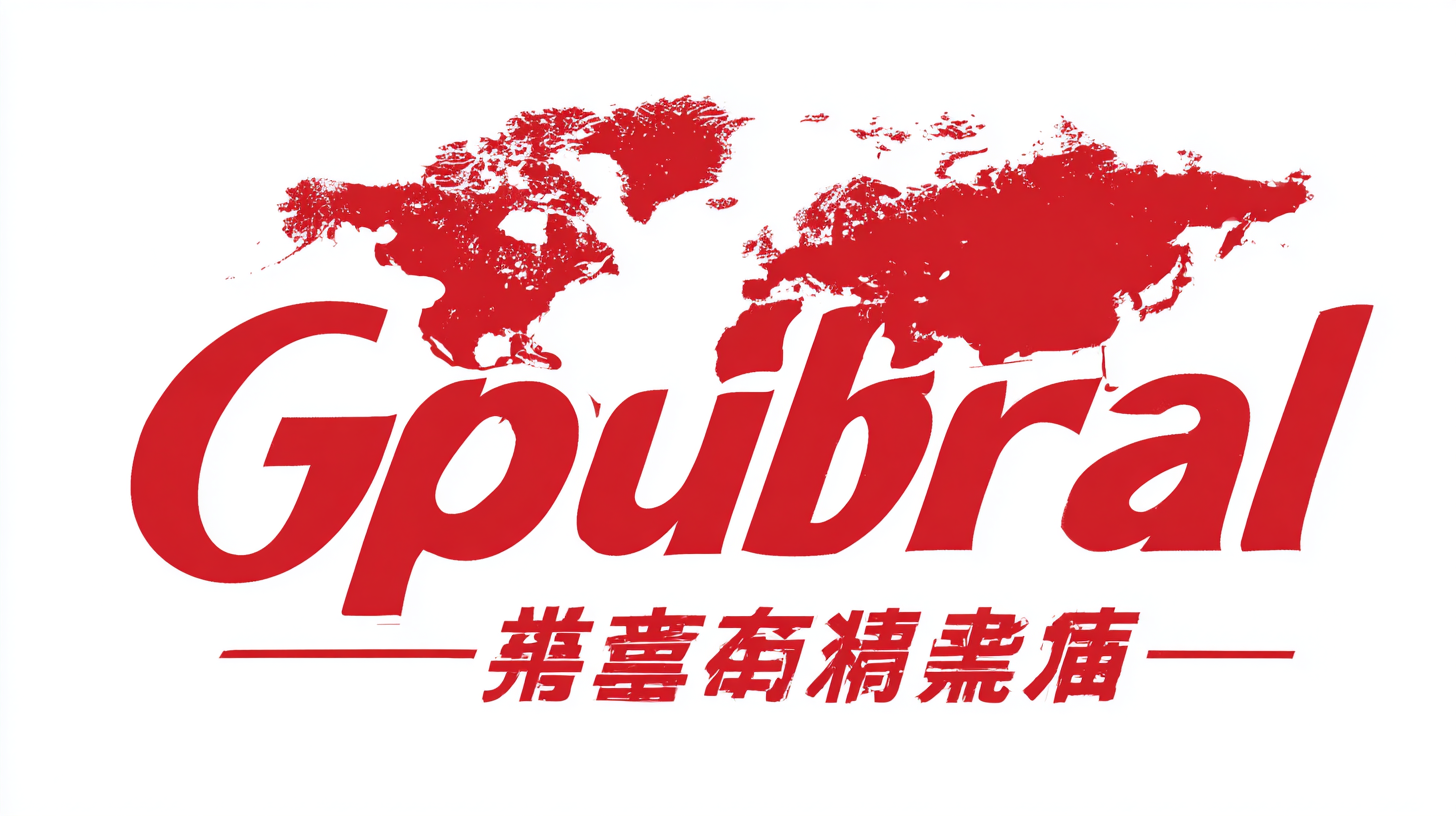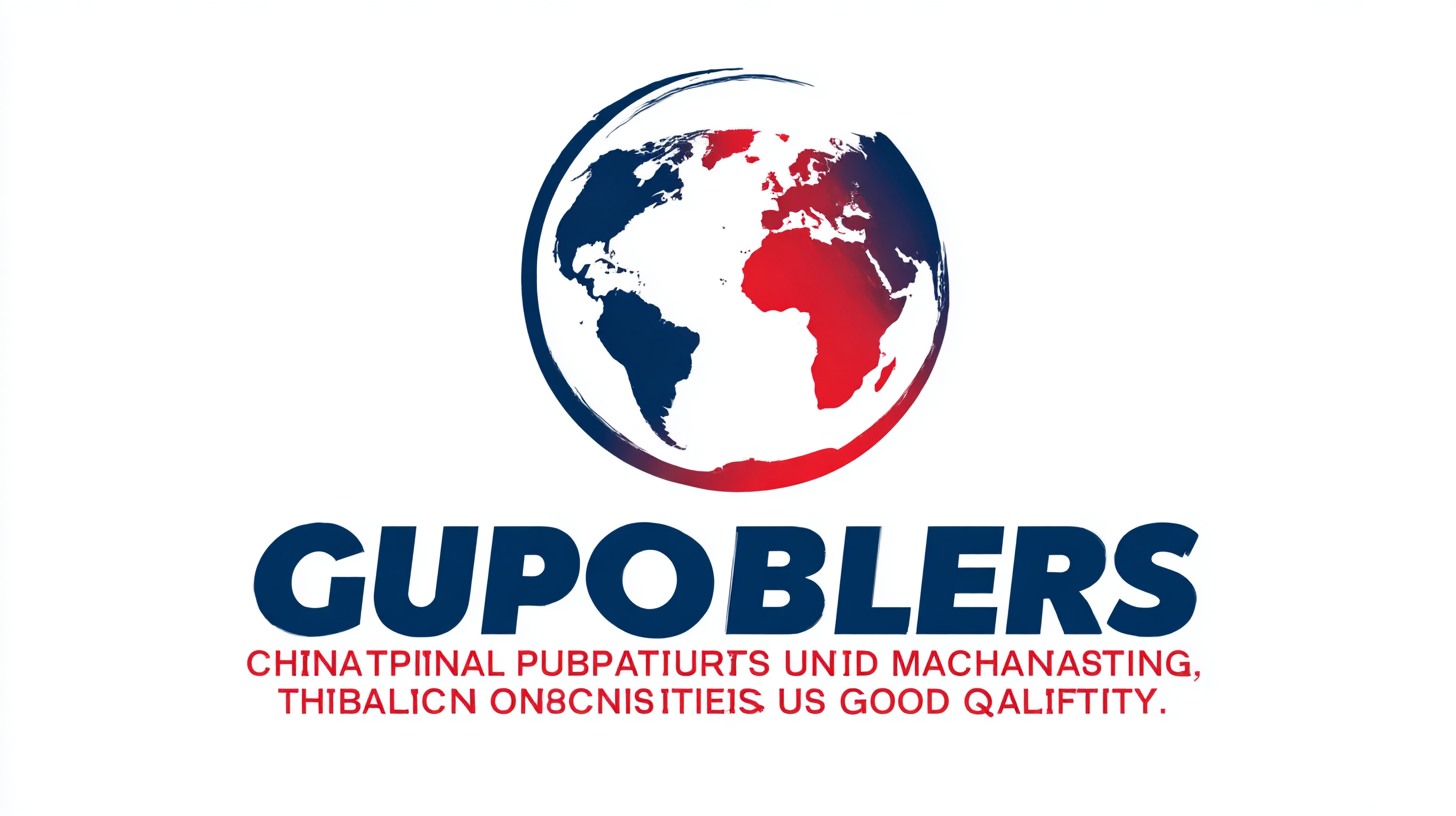In the evolving landscape of global procurement, trust in Chinese manufacturing has emerged as a pivotal factor driving quality and reliability in supply chains. According to a recent McKinsey report, China's manufacturing sector is projected to retain a dominant position, contributing approximately 30% to global manufacturing output by 2025. This trend underscores the growing reliance of suppliers on Chinese factories, which are increasingly recognized for their advanced technologies and stringent quality control measures. As businesses seek to optimize their supply chains amidst the challenges posed by geopolitical tensions and market fluctuations, fostering relationships with reputable Chinese suppliers is essential. By leveraging China's manufacturing capabilities, organizations can not only ensure unmatched product quality but also enhance their operational resilience, making strategic partnerships with these suppliers a cornerstone of future procurement strategies.

The evolution of Chinese manufacturing standards has transformed the landscape of global supply chains, establishing a new benchmark for quality and reliability. Over the past few decades, China has focused on enhancing its processes through advanced technology and stringent quality controls. Companies are now more inclined to trust Chinese manufacturers, confident that they adhere to international standards and regulations. This shift not only supports the global economy but also fosters continuous innovation within the industry.
Tip: When considering partnerships with Chinese manufacturers, conduct thorough research on their certifications and quality assurance practices. A reputable manufacturer will often showcase their compliance with international standards, which are crucial for ensuring product quality.
Moreover, the Chinese government has invested heavily in initiatives aimed at improving manufacturing standards, such as the "Made in China 2025" plan. This initiative encourages investments in high-tech industries, elevating the quality of products produced. As a result, global procurement strategies now increasingly incorporate Chinese suppliers as reliable sources, strengthening the interconnectedness of international supply chains.
Tip: Engage in regular communication with your Chinese suppliers to maintain transparency and build trust. Establishing clear expectations regarding quality and delivery can lead to a more successful partnership.
| Dimension | 2020 | 2021 | 2022 | 2023 |
|---|---|---|---|---|
| Manufacturing Output (USD Billion) | 4,000 | 4,200 | 4,500 | 4,800 |
| Quality Compliance Rate (%) | 85 | 87 | 90 | 92 |
| Export Growth Rate (%) | 5 | 6 | 7 | 8 |
| Investment in R&D (USD Billion) | 120 | 135 | 150 | 165 |
| Global Supply Chain Reliability Index | 78 | 80 | 82 | 85 |
In the realm of global procurement, the emphasis on quality assurance has become a game changer for Chinese manufacturing. With an increasing number of international companies seeking reliable partners, the focus on robust quality management systems is reshaping perceptions about what Chinese manufacturers can offer. By implementing stringent quality control processes and adhering to international standards, manufacturers are not only enhancing their product offerings but also fostering a culture of trust among global stakeholders.
Moreover, quality assurance in Chinese manufacturing extends beyond compliance; it embodies a commitment to innovation and continuous improvement. By integrating advanced technologies such as AI and IoT into their production lines, manufacturers can monitor quality in real-time, swiftly addressing potential issues before they escalate. This proactive approach not only boosts product reliability but also aligns Chinese manufacturers with the needs of a quality-driven market, making them formidable players on the global stage.
As trust builds through these quality assurance initiatives, the landscape of international procurement is set to evolve, positioning China as a leader in delivering unmatched quality and reliability.
In the realm of global procurement, Chinese manufacturing stands out with a reputation for unmatched quality and reliability, particularly when compared to other manufacturing hubs. According to a report by McKinsey, China's manufacturing output accounted for 28% of the global total in 2021, solidifying its position as a leader in industrial production. This significant percentage is indicative of not only the scale but also the efficiency and innovation that Chinese firms bring to the global market. A notable example is the electronics sector, where Chinese manufacturers offer products that meet or exceed international quality standards set by organizations such as ISO and IEC.
However, a comparative analysis of Chinese manufacturing with global industry standards reveals both strengths and areas for improvement. The International Organization for Standardization (ISO) reported that around 80% of Chinese manufacturers have adopted ISO 9001, another hallmark of quality management. This contrasts with global averages, where only 55% of manufacturers implement such standards. While Chinese production processes often align with these benchmarks, factors such as environmental regulations and labor practices are still evolving. Enhanced focus on sustainability and corporate social responsibility is essential for Chinese manufacturers to fully align with the increasing expectations of the global market, ensuring their position in the global supply chain is not only dominant but also responsible.

In recent years, technology has significantly transformed the manufacturing landscape in China, enhancing both the quality and reliability of products. With the integration of advanced technologies such as IoT (Internet of Things), AI (Artificial Intelligence), and automation, Chinese manufacturers are not only streamlining their operations but also ensuring a higher level of precision in production processes. These innovations enable real-time monitoring and data analysis, which allows manufacturers to quickly identify and address potential issues before they escalate, ultimately leading to more dependable outcomes.
Moreover, the implementation of digital tools in supply chain management has further strengthened the reliability of Chinese manufacturing. By utilizing blockchain technology, manufacturers can enhance transparency and traceability throughout the production cycle. This ensures that every product can be tracked from its raw materials to the finished item, providing clients with peace of mind regarding quality assurance. As a result, businesses looking to source materials or products from China can experience a newfound confidence in the reliability of their suppliers, reinforcing the trust that has now become synonymous with Chinese manufacturing on a global scale.

As global procurement strategies evolve, Chinese manufacturing is emerging as a leader in innovation and sustainability. The future trends indicate a significant shift towards eco-friendly practices and advanced technologies that focus on minimizing environmental impact while maximizing efficiency. Chinese manufacturers are increasingly adopting sustainable sourcing and energy-efficient production processes, allowing them to meet both domestic and international environmental standards. This commitment not only enhances their global competitiveness but also builds trust among procurement professionals looking for reliable partners.
Tip: When evaluating Chinese manufacturers, prioritize those that demonstrate a clear commitment to sustainability. Look for certifications like ISO 14001, which indicates an established environmental management system, to ensure that your partners align with your sustainability goals.
Innovation in manufacturing practices is another key area where Chinese companies excel. Embracing digital transformation, including automation and smart manufacturing, is becoming commonplace. This not only boosts productivity but also allows for greater customization and rapid response to market demands. The integration of IoT technologies ensures real-time tracking and quality control throughout the production process.
Tip: Consider collaborating with manufacturers who leverage digital tools for transparency. Engaging with these advanced systems can provide insights into the supply chain, enhance product quality, and foster long-term partnerships based on mutual reliability.
